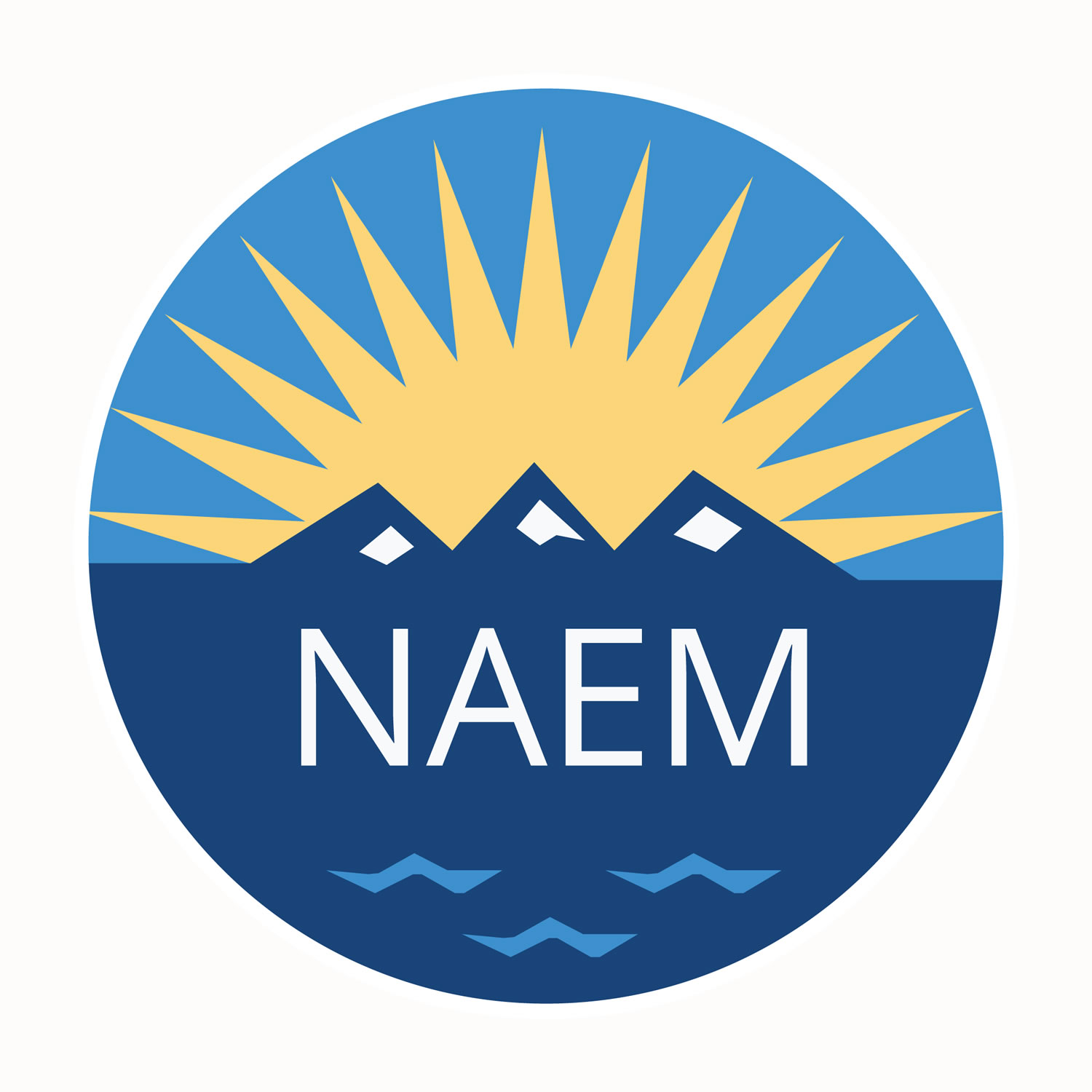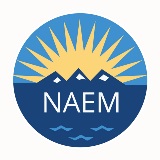EHS & Sustainability Software Provides Solutions, Not Silver Bullets
"After about 10 years we needed to make some changes," recalled Brett Jorgenson, Safety Program Manager for the Milwaukee-based manufacturer. "It was data in, and really only one very inflexible output coming out of the system."
Since the company already had an effective process for collecting environmental and behavior-based safety data, Mr. Jorgenson's search focused on replacing their incident and audit-tracking system, which had been managed to date using an internally built platform.
"It had come to the point where we needed more, we needed better and we weren't going to be able to get that support internally," he said.
After a year-long search that included a formal request for proposals and demonstrations from a handful of finalists, Mr. Jorgenson's team selected an issue-specific software that today is used by the company's facilities in 80 countries around the world.
While it might seem as though the advent of comprehensive EHS and sustainability software options would have fully replaced the use of more targeted solutions like Rockwell's, NAEM's latest research reveals that there is no one-size-fits-all data management approach for companies today.
Early findings from the 2015 EHS & Sustainability Software Buyer's Guide reveal that 56 percent of the 165 survey respondents - including those who recently purchased a new software system - use a combination of commonly available tools, internally developed software and off-the-shelf systems to manage their data.
This combined approach not only reflects the maturity of the software marketplace, but also likely underscores the fact that selecting an appropriate solution requires a nuanced understanding of a company's business model and internal culture.
Martha Coopersmith-Gray, an Environmental & Safety Manager at Amphenol TCS, for example, has a very unique software challenge to solve. The diversified maker of electronic components has a highly decentralized structure, with about a dozen distinct business units, each with their own culture, processes and data collection systems.
"Some divisions have their own system, some of them are home-grown, some of them are [off the shelf] because we acquired a division [that already had one]," she explained. "That's one of the things we have to look at when we look at an enterprise system. What are the needs of each business group?"
The company has no intention of changing how it operates, but it does need to centralize its data collection to adhere to the new conflict minerals reporting requirements, which are putting pressure on suppliers like Amphenol to disclose the sources of their raw materials to their downstream customers.
"We're part of the electronics industry, so the electronics industry code of conduct has a big impact on us," she said. "Even though maybe about 60 percent of our businesses don't supply one of those vendors, we still have to report overall, so we still have to collect all of the [data]."
At NAEM's recent EHS & Sustainability Software Conference in Tampa, Ms. Coopersmith-Gray was looking for a system to centralize that aspect of EHS reporting without forcing any other changes to employee workflows or the business operations.
"Whether we use this system to share stories or [provide better product-related data], we all use the same raw materials. We're all chasing the same vendors," she said.
Because she's still at the beginning of the process, she said she next planned to conduct an internal needs assessment and assemble a working group to gather user feedback from across the company.
"[We want] to make sure that we've incorporated everybody so that when we go forward, we don't end up going backwards because we've neglected someone's specific needs," she said.
Stakeholder engagement was among the keys to the success of BNSF Railway Co.'s recent implementation of an enterprise-wide software system, according to Allen Stegman, General Director of Environmental and Hazardous Materials. Despite a decentralized EHS structure, the transportation company sought a single system to streamline EHS metrics collection and reporting.
"We're kind of unique in the sense that health, safety and environmental all have separate reporting structures, so it was important that we got all stakeholders involved and together agreed that an enterprise-wide system would likely provide the most value," said Mr. Stegman, who led the selection process.
Unlike most companies, BNSF decided to implement a system with minimal customization.
"Our selection and implementation strategy was to try to get software that would have good functionality right out of the box and configure it to our processes," he said.
To facilitate the decision-making process, Mr. Stegman said he asked each member of the EHS team to identify their list of system requirements and then assembled the group to decide which were 'needs' and which were 'wants'. The ultimate goal, he said, was not just greater centralization for EHS metrics, but the ability to transform data into actionable information.
"What we are doing with our software is going to be transformational for BNSF," he said. "We will be able to take another leap forward as far as going toward leading indicators and predictive analytics... we will be able to do things that they never thought possible in terms of identifying and managing risk in the organization."
According to Mr. Jorgenson, the ability to be more proactive is among the key benefits to the company's new software. He said they used the transition to the new system as an opportunity to change the company's audit scoring methodology.
"We went from a priority-based findings scenario to a percent-safe scenario, so it gave us a different means by which to compare facilities," he said.
And improving the data, he said, has helped improve the business, too.
"That's the goal of the new evaluation (audit) process; to be more of a leading indicator of performance," he said.
Topics:
Health & Safety
Related
About the Author

NAEM Staff
The National Association for Environmental, Health and Safety, and Sustainability (EHS&S) Management (NAEM) empowers corporate leaders to advance environmental stewardship, create safe and healthy workplaces and promote global sustainability. As the
leading business community for EHS&S decision-makers, we provide engaging forums, a curated network, peer benchmarking, research insights and tools for solving today’s corporate EHS&S management challenges. Visit us online at naem.org.

